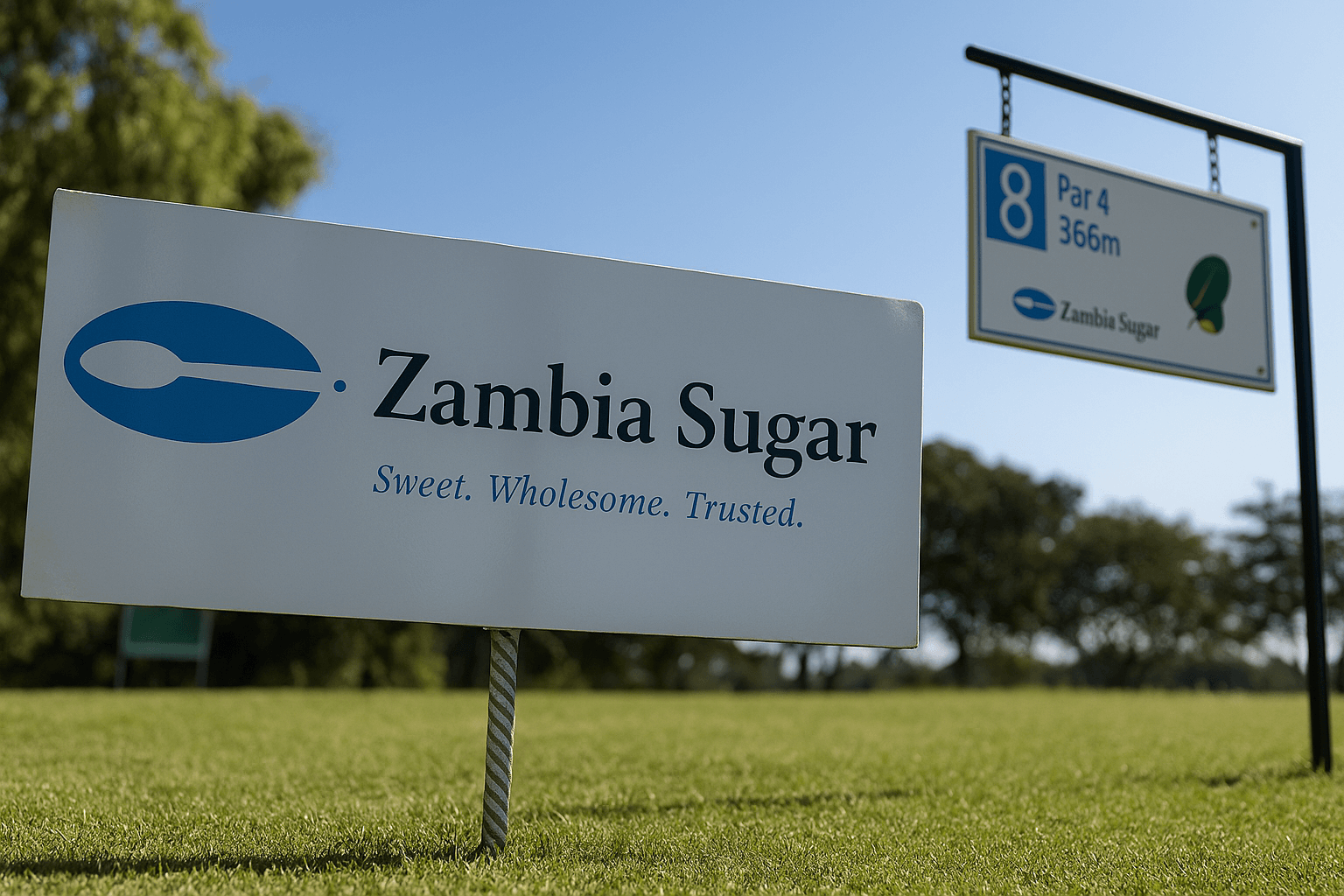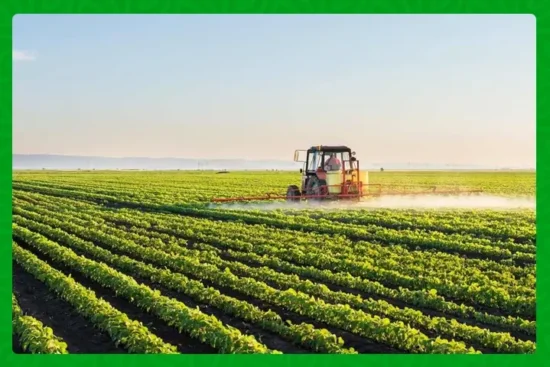
Zambia Sugar closed the year to 31 August 2025 with a story of two halves. On paper the company delivered a solid top line, with revenue rising 18 percent to K8.90 billion. Behind that figure is disciplined commercial work that drove a 23 percent jump in domestic sales and a 9 percent improvement in export realisation. Yet the win on sales was tempered by serious operational headwinds that pushed operating profit down 23 percent to K1.99 billion and reduced profit for the year to K1.63 billion.
This is not a tale of failure. It is a company that grew sales while weather and inflation hammered cost lines. That combination tells you as much about the resilience of the business as it does about the risks facing Zambia and the region.
Numbers that matter
- Revenue: K8.90 billion, up 18 percent year on year.
- Operating profit: K1.99 billion, down 23 percent. Operating margin now about 22.4 percent.
- Profit for the period: K1.63 billion, down from K2.06 billion the prior year, with a net margin near 18.3 percent.
- Cash reserves: K1.02 billion, showing a healthy liquidity buffer.
- Proposed final dividend: 109.6 ngwee per share, down from 161 ngwee last year.
- New support: a K700 million three year loan focused on working capital and climate resilience.
How revenue rose while profits fell
Two forces pushed in opposite directions. Strong commercial execution improved sales volumes and value across domestic and export channels. Zambia Sugar optimised its sales mix in a way that captured more value from each market, and that is reflected in the headline revenue growth.
At the same time the company faced the worst drought in recent memory during the critical cane growth period. Lower cane yields translated into smaller sugar output and higher per unit costs. Add to that a dramatic rise in input costs, from fertiliser and chemicals to fuel and wages, and a squeeze on margins becomes inevitable.
A particularly large, and unavoidable, cost came from securing reliable power. To maintain factory and field operations during widespread outages, Zambia Sugar entered a Power Supply Agreement with ZESCO for premium imported power. The decision kept mills running but added roughly K100 million in unbudgeted expenditure because the replacement power rate was about 67 percent higher than expected. That alone equated to a noticeable hit against profitability.
Finance costs also rose, driven by increased interest on working capital facilities and lease obligations, pushing finance expense to K116.6 million.
Where management steered to limit the damage
Zambia Sugar did not sit on its hands. Management tightened commercial levers to improve value capture, and the company closed the year with a strong cash position of K1.02 billion, a sign of prudent treasury management despite the turbulence. The board also proposed a final dividend, albeit smaller than last year, signaling a balance between rewarding shareholders and conserving cash for resilience.
The business has also secured a strategic K700 million three year loan to support working capital and climate resilience measures. That financing will be crucial for financing short term needs and investing in measures that reduce vulnerability to future droughts.
What this means for farmers and the value chain
Drought hits everyone in the value chain. Lower cane yields reduce farm incomes and reduce supply to the factory, which affects employment and local buyers of inputs and services. The company’s investment in climate resilience is therefore not just a corporate necessity. It is a social and economic lifeline for the rural communities that depend on the sugar sector.
If managed well, the loan and resilience programs can strengthen irrigation, improve seed and agronomy practices, and make cane yields more stable. That is the practical path to restoring both volume and margin resilience over time.
Key risks and the path ahead
The short term risks are clear. Weather remains uncertain and inflationary pressure on electricity, fertiliser and fuel could keep costs elevated. The need to secure reliable power, which came at a premium this year, points to an energy risk that may remain until the national grid stabilises or alternative power investments scale up.
On the positive side, the company’s commercial discipline, strong cash balance and the new loan create space to navigate the next seasons. Management will need to keep pushing for better yield recovery, strict cost control and a sales mix that captures higher value in export markets.
Investor takeaway
This year’s results are a reminder that revenue growth alone is only half the story. Zambia Sugar proved it can expand sales even under severe weather stress. The margin hit was largely driven by external shocks and temporary cost spikes. With K1.02 billion in cash and a K700 million loan aimed at resilience, the company has tools to recover. Watch the next two harvests for yield improvement and the company’s delivery on climate resilience projects. If yields recover and the sales mix remains favourable, earnings should start to normalise and recover.
Final thought
Zambia Sugar’s FY2025 performance reads like a resilience test. The company grew the business in the face of drought and delivered stronger domestic and export revenues. At the same time higher power bills and inflationary input costs took a bite out of margins. The coming seasons will show whether the investments in resilience and working capital can turn this year of challenge into a base for steadier performance and growth. For farmers, workers and investors, that recovery is what matters most.
Stay updated with the latest farming tips and agriculture industry news from Africa by subscribing to our newsletter. Don’t miss out on valuable insights and updates. Follow us on Twitter, LinkedIn, and Facebook to join our farming community and stay connected with us.


















